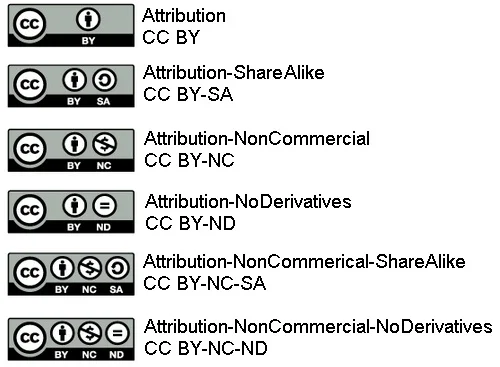The mission of the ASCCC Open Educational Resources Initiative (OERI) is to reduce the cost of educational resources for students by expanding the availability and adoption of high-quality Open Educational Resources (OER). OERI facilitates and coordinates the curation and development of OER texts, ancillaries, and support systems. Through recommendations to the ASCCC Executive Committee, OERI supports local OER implementation efforts through the provision of professional development, technical support, and technical resources.
| OERI Directory | This directory allows you to search each CA community college and see the local senate members and the OER Liaisons. You can reach out to your campus liaison for OER technical support and OER search questions. |
| ASCCC OERI Discipline Leads |
ASCCC OERI Discipline Leads are tasked with curating resources for their discipline, serving as a resource for their discipline colleagues, and community-building during the 2021-2022 academic year. You can contact your respective discipline lead regarding OER and your discipline. If you are interested in becoming an OER discipline lead you can submit an application. All interested faculty are encouraged to submit an application – even if their discipline is not included in the list. You can also browse curated OER discipline resources. |
|---|
A resource is considered open if it can be modified and shared because its design is publicly accessible and it is under a license that allows it to be modified and shared legally. Open educational resources are usually either in the public domain or under a Creative Commons license.
Assigning a creative commons license to OER provides a simple, standardized way to give others permission to share and use your work -- on conditions of your choice. You retain the copyright of your work while allowing others to make limited uses.
There are six types of Creative Commons License, ranging from the attribution (CC-BY) license which is the least restrictive to the non-derivative license which does not permit others to modify your work, thus making it unsuitable for OER.

Congratulations you understand Creative commons basics! You can apply your creative commons license knowledge when you are looking for open educational resources.
| CC License Generator | When you are ready to license your completed OER materials you can use this tool to create a creative commons license for your work. |
|---|---|
| CC Certification Course | For a more in-depth study on Creative Commons licensing you can enroll in one or more of Creative Commons certification courses. |
The term “public domain” refers to creative materials that are not protected by intellectual property laws such as copyright, trademark, or patent laws. The public owns these works, not an individual author or artist. Anyone can use a public domain work without obtaining permission, but no one can ever own it.
An important aspect to understand about public domain material is that, while each work belongs to the public, collections of public domain works may be protected by copyright. If, for example, someone has collected public domain images in a book or on a website, the collection as a whole may be protectable even though individual images are not. You are free to copy and use individual images but copying and distributing the complete collection may infringe what is known as the “collective works” copyright. Collections of public domain material will be protected if the person who created it has used creativity in the choices and organization of the public domain material. This usually involves some unique selection process, for example, a poetry scholar compiling a book—The Greatest Poems of e.e. cummings.
There are four common ways that works arrive in the public domain:
For answers to specific questions about the above 4 elements of the public domain we recommend the Public Domain - Copyright and Fair Use Guide by Stanford University
Delgado Community College has developed an excellent lib guide on quality public domain repositories. Explore the guide for images, documents, and research all in the public domain.
Vast amounts of government research is in the public domain and can be useful for many disciplines particularly STEM since the information is updated regularly. below are some gov resources that may be helpful in compiling your OER:
| USGS | Created by an act of Congress in 1879, the USGS is the sole science agency for the Department of the Interior. It is sought out by thousands of partners and customers for its natural science expertise and its vast earth and biological data holdings. |
|---|---|
| NASA | The National Aeronautics and Space Administration is America’s civil space program and the global leader in space exploration. All of NASA's incredible telescope images are in the public domain. |
| USDA | USDA provides leadership on food, agriculture, natural resources, rural development, nutrition, and related issues based on public policy, the best available science, and effective management. |
| National Parks Service | Since 1916, the National Park Service has been entrusted with the care of our national parks. You find images and other resources on North American wildlife and ecology. |
| NIH | The National Institute of Health a part of the U.S. Department of Health and Human Services is the nation’s medical research agency. Look here for health science-related resources. |
| CDC | Center for Disease Control is the nation’s leading science-based, data-driven, service organization that protects the public’s health. Look here for cutting edge epidemiolocal research as well as multimedia health resources. |
| NWS | The National Weather Service provides weather, water and climate data, forecasts, warnings, and impact-based decision support services. |
| Smithsonian | While not a government resource the Smithsonian is an excellent resource for historical images that have been released into the public domain. |